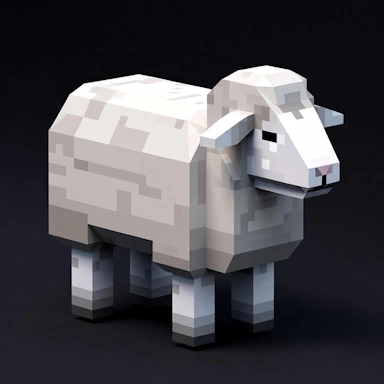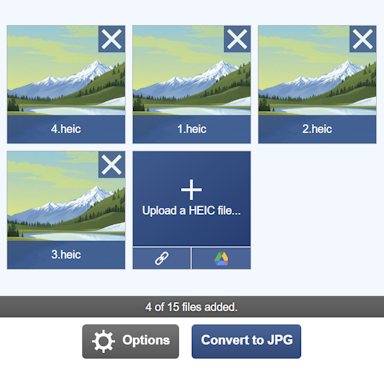A Comparison of PNG and DDS File Formats
In this section, we take a closer look at both the PNG and DDS file formats, explain the key differences between them, and offer some thoughts on when you might choose one format over the other. There's also some mild technical details too, though if you are after something more detailed at the technical level, we would recommend the superbly detailed articles for PNG and DDS.
Structure
To get started, we look at what data is stored in both formats and how this data is stored. The PNG format is perhaps the older of the two formats and was created as a means to store image data in a compact and efficient manner, making it an ideal candidate for storing website images, logos, icons, and the like.
To enable the generation of small files, a variety of compression techniques are employed by PNG file encoders to minimize the size of PNG files. High-color and highly detailed images can often be stored in a fraction of the size of the original, uncompressed original.
The DDS format on the other hand was developed by Microsoft to be the native format for storing texture images that would be used by its Direct X graphics framework. Even today, PC videogames primarily use Direct X, which Microsoft developed in the late 1990s. DDS files store the detailed textures used in these games, with many types of textures supported such as regular 2D textures, cube maps, volume textures, normal maps and more.
DDS files can store data in either a raw, uncompressed format or a compressed format that is compatible with the built-in decompression technologies of modern PC graphics cards.
Supported Color Formats
Both DDS and PNG files support full-color (24-bit) images; they both also support 8-bit alpha channels. Support for 8-bit color images that use palettes to determine which colors to use is supported by both formats, allowing images to be efficiently stored with no loss in quality.
Compression is supported in both cases; the compression method is different and is largely determined by their target environment, with PNG images being decompressed by regular PC hardware and DDS images being decompressed using PC graphics card hardware.
A PNG image stored as 256 colors
A DDS texture file
A DDS color image
Editing
When it comes to editing a PNG image, you will find it is supported by almost all image editing software. This wide-spread support is down to its almost universal standard as a web image format (JPEG is the other most common web format). Editing a DDS often requires specialist editing software, though we have a range of DDS converters to convert your DDS file into other, more easily editable formats.
File Size
As mentioned earlier, both DDS and PNG files support compression in one form or another, and this helps minimize the file sizes of both formats. Images distributed in the PNG format, however, will likely use compression due to small file sizes being a core design feature of PNG files. DDS files are often found distributed in a compressed format.
Compatibility
Of the two file formats, PNG files enjoy the most widespread support among not only graphics editing applications but also native operating system support. DDS files, on the other hand, often require specialist software to open or edit these files. If you wish to view a DDS file without installing any specialist software, then we recommend our online DDS file viewer.
Summary
Choosing whether to save your image as a PNG or DDS file should come down to what you are using it for. If you wish to distribute your image without the need for any specialist software to view it, then PNG is the only serious option here. However, if you are wanting to use the image in a piece of software that supports DDS files, then this may be the more practical format to use.







